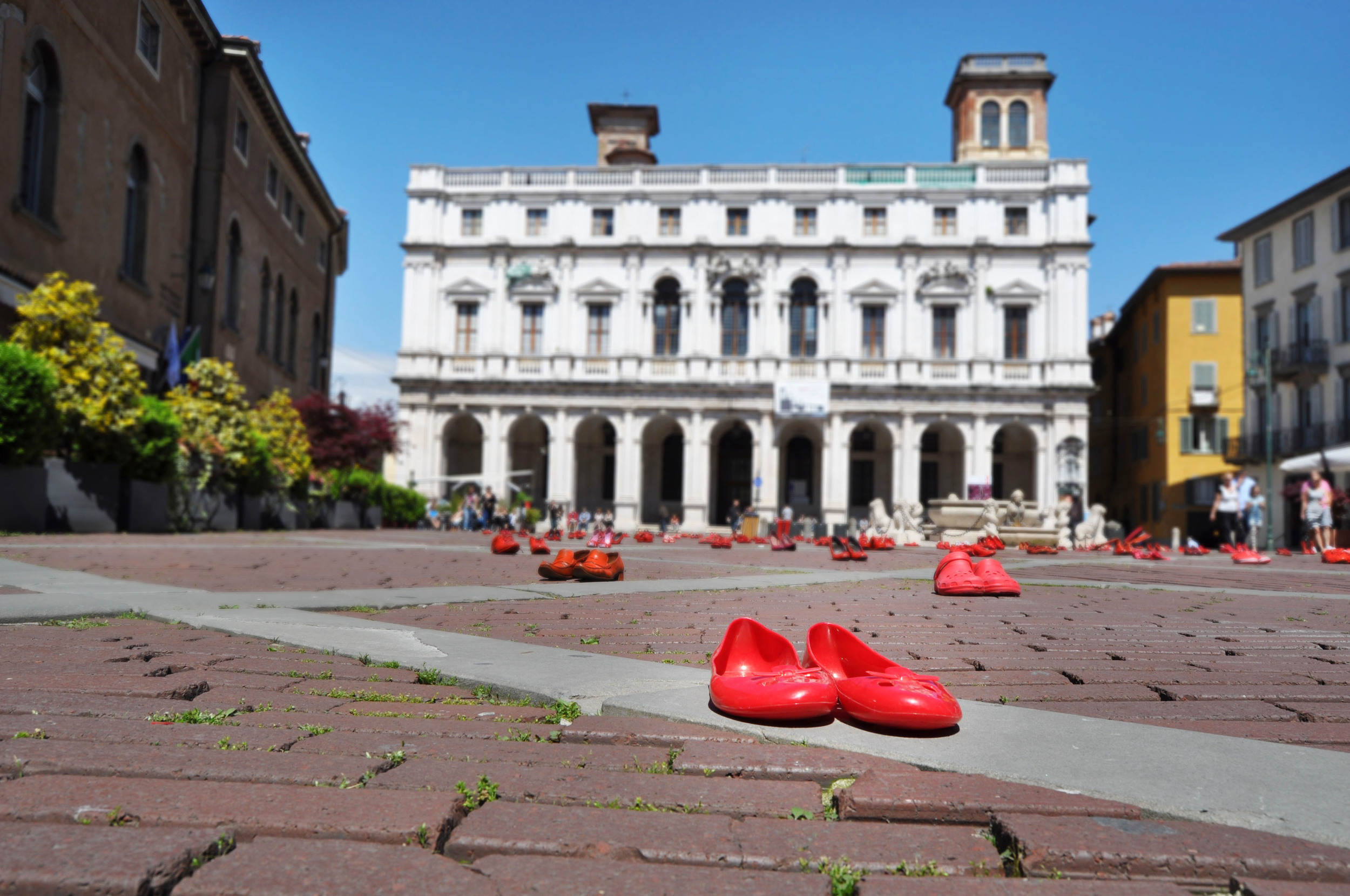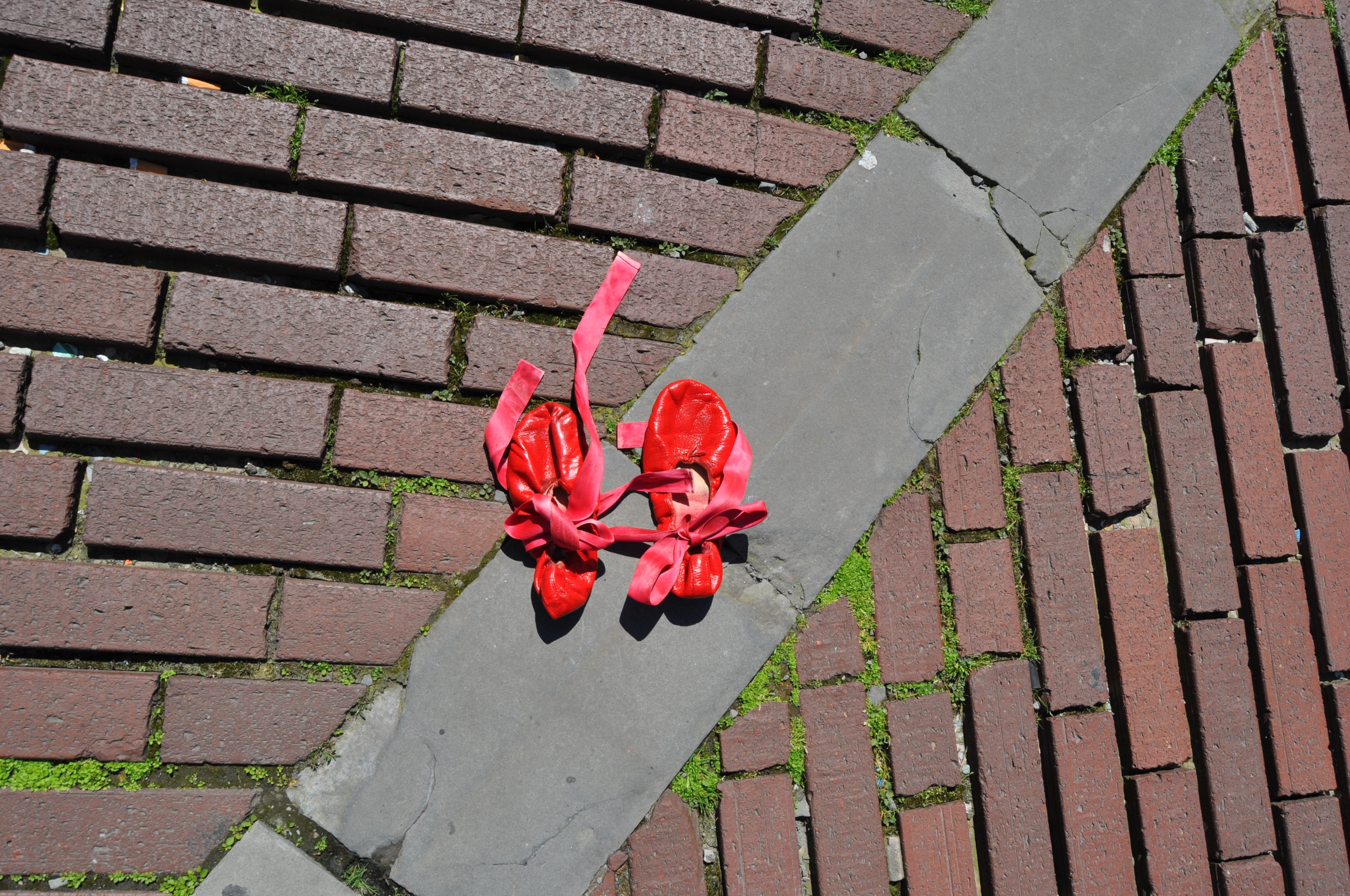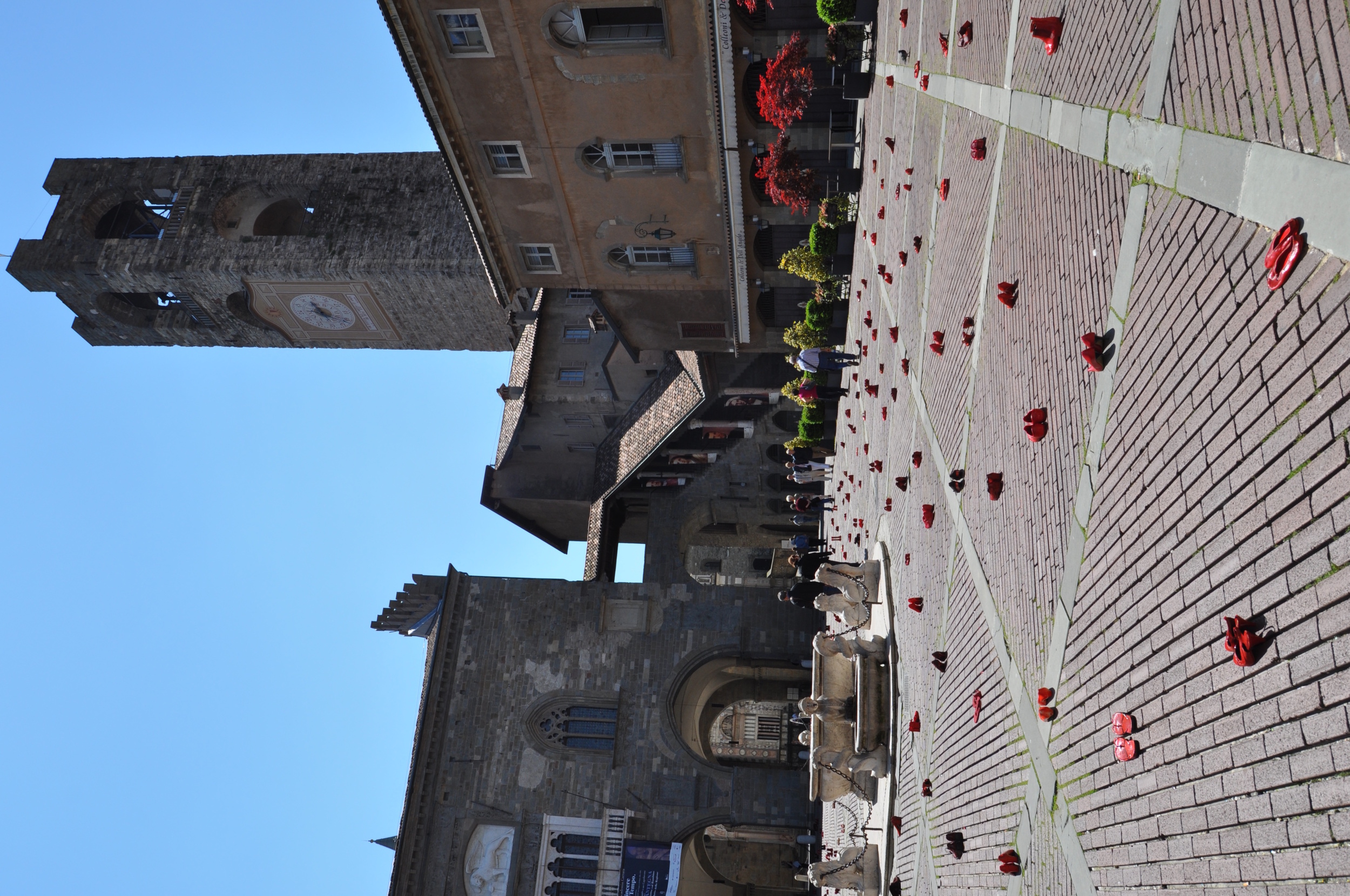 What’s left when someone disappears? Only memories? What can the relatives hang on to? A sweater, a favorite book with scribbled notes, a shopping list on the refrigerator, a comb, a pair of shoes. Familiar and insignificant objects that suddenly become special when who used them every day is no longer with us.
What’s left when someone disappears? Only memories? What can the relatives hang on to? A sweater, a favorite book with scribbled notes, a shopping list on the refrigerator, a comb, a pair of shoes. Familiar and insignificant objects that suddenly become special when who used them every day is no longer with us.
Not much more is left from the women of Ciudad Juárez, Mexico. Since 1993, hundreds of women have been murdered in this desert city. Many of the bodies have never been found, no faces to be kissed one last time by the parents or the children. Estimates have been made by the local newspaper and they don’t aim to be accurate–878 women killed between 1993 and 2010. Not much has been done by the local authorities, and there are a very large number of women who are still lost.
As Haruki Murakami wrote in Dance, Dance, Dance, “Precipitate as weather, she appeared from somewhere, then evaporated, leaving only memory.”
In Ciudad Juárez, pasted on storefronts and house walls, you see photographs of the missing women. «Disappeared. Contact us if you know something». Sometimes the remains are found in the vast desert that surrounds the city, sometimes they are not, and the families keep praying and hoping. The homicides continue, and the women usually come from poor families. What expect them are tortures and rapes, and cold nights and hot days in a desert that becomes their tomb.
In honor of the hundreds of women and girls killed in Ciudad Juárez, the Mexican visual artist Elina Chauvet started «Zapatos Rojos» (Red Shoes) in 2009. It's an art project that consists in lots of pairs of red or red-painted shoes to commemorate the cases of violence against women in the whole world. Her first work was realized in Ciudad Juarez—she, together with other people who acknowledged the “feminicide”, collected 33 pairs of red shoes and arranged them in place to simulate a protest march of absent women. Now it goes beyond the border of Mexico. This silent march arrived in my hometown, too, and I'm so proud about it: two installations occupied Piazza Vecchia (the Old Town Square) from May 12th till May 15th. It’s “public art” because people were making it. Everybody could contribute–many women were donating their old shoes, and painting them in red before leaving them in the piazza. It was nice to see families doing this together.

No words were needed, because those shoes were telling the stories of emptiness and torture of those who were left behind.
This quote from Murakami’s book somehow seems perfect to me:
“Dance," said the Sheep Man. "Yougottadance. Aslongasthemusicplays. Yougotta dance. Don'teventhinkwhy. Starttothink, yourfeetstop. Yourfeetstop, wegetstuck. Wegetstuck, you'restuck. Sodon'tpayanymind, nomatterhowdumb. Yougottakeepthestep. Yougottalimberup. Yougottaloosenwhatyoubolteddown. Yougottauseallyougot. Weknowyou're tired, tiredandscared. Happenstoeveryone, okay? Justdon'tletyourfeetstop.” ― Haruki Murakami, Dance, Dance, Dance.


